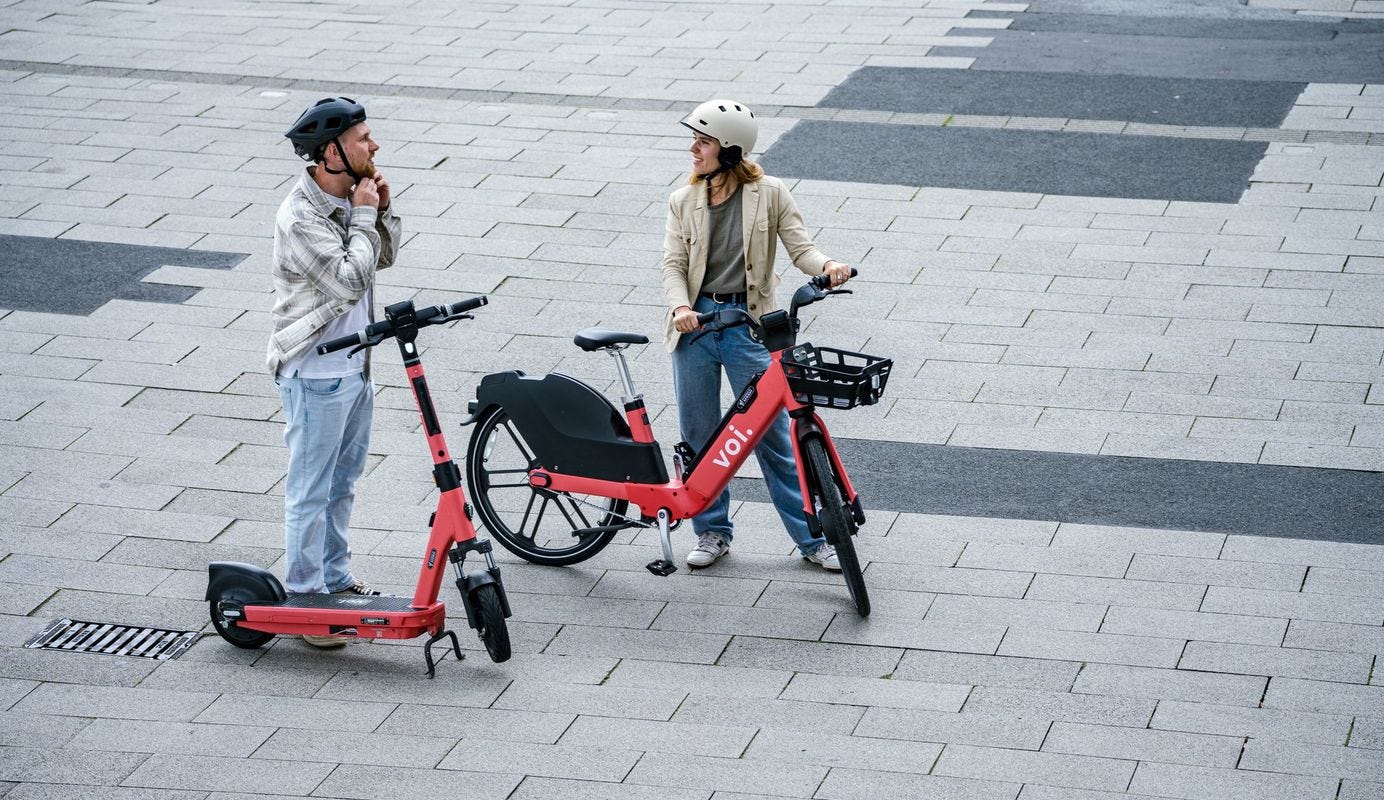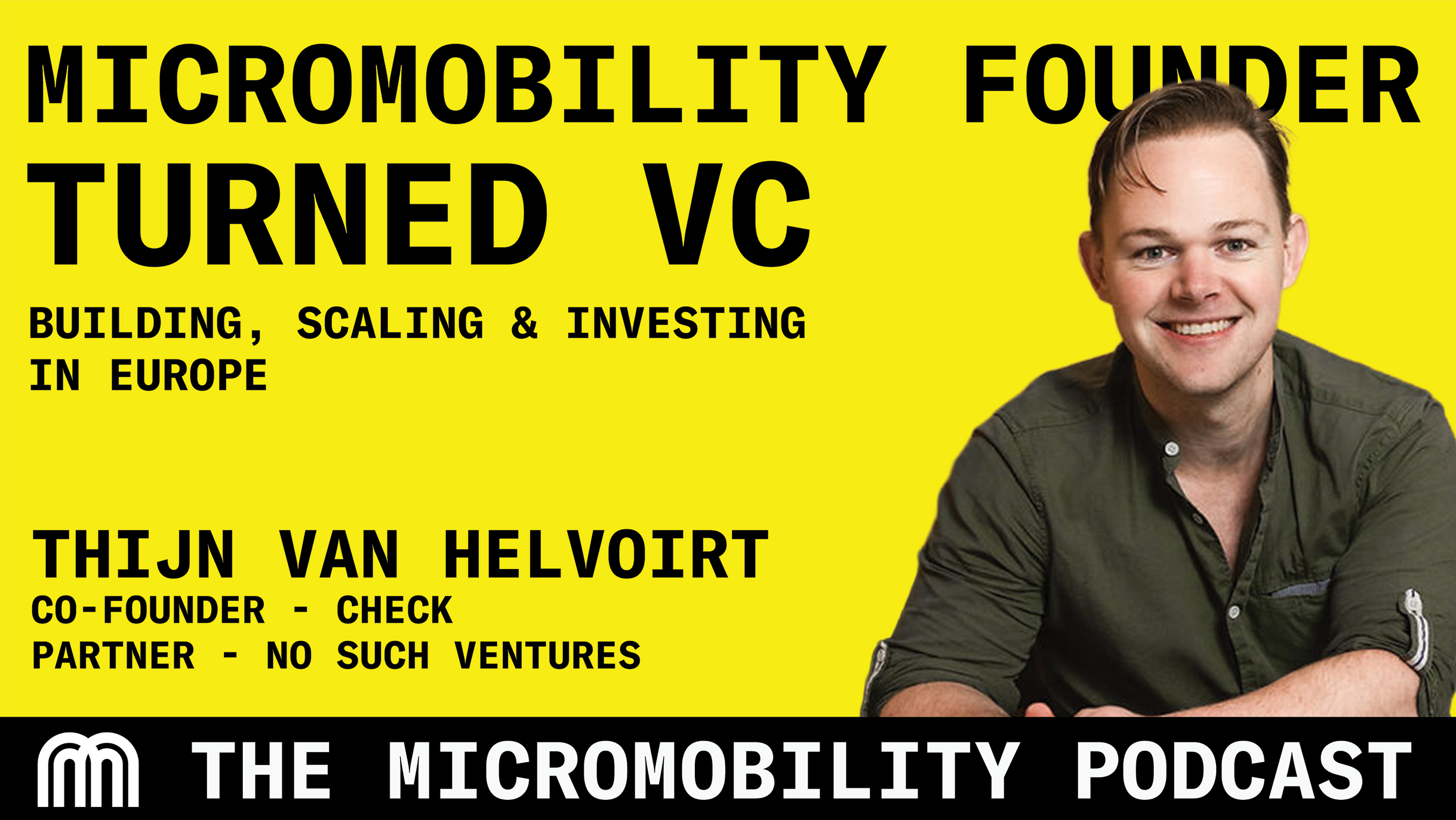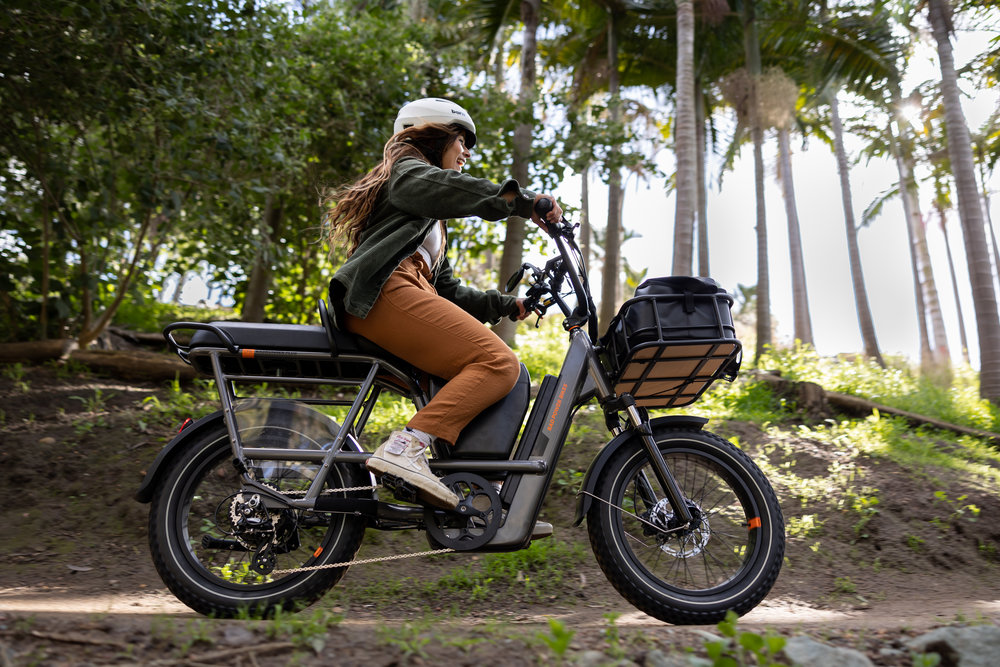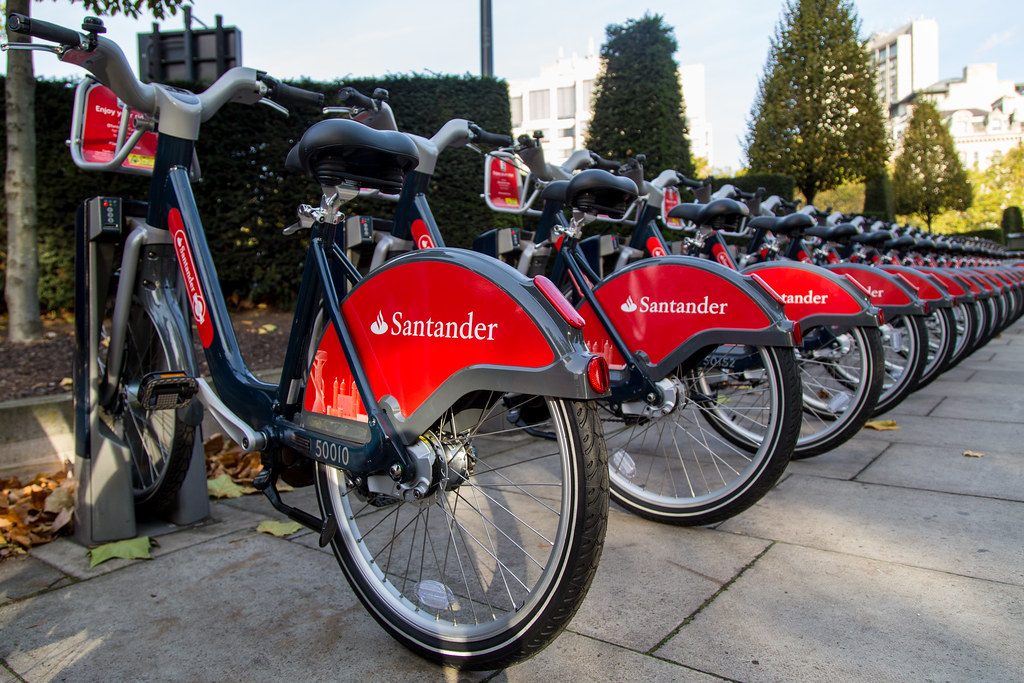Ever since the idea of micromobility emerged, its justifications have increased and expanded.
The initial logic, stemming from before the word even existed, was that microvehicles are more economical and more accessible. The bike is cheaper; the shared bike is “always with you.” The convenience and efficiency were enough to attract users. But the addition of technological enablers, like compact, powerful batteries and motors, connectivity, location services—both on the vehicle and in the palm of the user—attracted capital and energetic founders into a set of new ventures.
The virtuous cycle that followed caused an explosion of form factors, business models, and a vast spectrum of service offerings. We here at Micromobility Industries sought to create a community of people who participate in this new explosion of opportunity. My job, as I see it, is to articulate the patterns that emerge; to provide language that embraces the scope of these efforts.
To that end we introduced a few concepts:
A Market for Miles: We should look at distances and trips, not just vehicles, as the definition of transportation. When seen this way we realize that most trips are short and that the available market for micromobility is far greater than would be imagined if we measured only car sales.
A Market for Smiles: Customers don’t just buy trips but outcomes for those trips. If you can create better (i.e. happier) outcomes you will create new trips. Again, the market expands by understanding that satisfaction and unalloyed joy are more valuable than objects alone.
The Rise and Fall of Infrastructures: Although we measure a market by current users, there is a vast market of non-users. Urbanization and the concentration of demand in megacities, coupled with the parking needs of megamobility with 96% idle times, lead to interesting questions about the allocation of precious public space. Understanding how we got to our current allocations of space is a fascinating study.
Weight Categories: Proposing lightness as a proxy for the utility of micromobility. Weight correlates with so many adverse effects of transportation choices that it illuminates what is typically not visible. Definitions and controversy follows.

For our next “thesis” we will propose a new theme: The Impermanence of Modes
Micromobility encapsulates the emergence of a vast new set of form factors which resist being bundled into modes the same way as cats resist being herded. From one to two to three to four wheels, from e-bikes, which defy categorization, to new hybrid alternatives for cargo, delivery, leisure, utility, and even passenger transport. Such variety makes the point that micromobility isn’t so much about what it is but what it isn’t.
But more than this, we need to understand that what is today fixed as automobility was once emergent and is as fragile as any modes which came before it—the horse, the canal barge, and the locomotive. The impermanence of modes is illustrated when one form of transport is replaced by something else—not necessarily something better. The train was (and is) better at some tasks than the car, but it was displaced because cars enabled something new. Certainly micromobility could do the same.
So how does this transformation happen? Where does substitution of something “less good” take root? When? By whom? That’s the trillion-dollar question.
One possibility site of disruption is the low-end customer, what Clay Christensen called “the rebar of society.” The teenagers who took to listening to rock-n-roll on portable radios out of earshot of their parents, thus ushering in the transistor era. The hackers who built the personal computers and used them to “hack” communications, and everything else. The crazy ones Steve Jobs summoned to think different. Those who are hungry and those who are foolish.
The people who are well served by current transportation options, surrounded by a multitude of car models, parking spaces, pipelines filled with fuel, and overlapping grids of electricity, may not be the right early adopters. Those who are excited by 2-second 0-60 acceleration times or 6,500lbs electric pickup trucks may not be the innovators you’re looking for. Nor the frequent fliers looking for the better private jet or nostalgic of a supersonic age.
We need to look for new measures of performance and demand.
So here’s what we are seeing. In today’s world there are two inexorable forces: The need to serve transportation to twice as many people as we do now, and the need to do so with half the emissions we produce now. The infinite force meets the unmovable object: do twice with half.
There’s your “go to market.”
Today less than 20% of the world’s population has access to personal transportation, similar to the share of the world’s access to the internet in 2007 or cellular phones in 2002. Everyone deserves access to information and mobility, and we believe everyone will obtain it. If you don’t agree, I would invite you to suggest how to stop 2 billion people from obtaining what the first billion got. We did not stop China, and we will not stop India or Africa, from motorizing.
As we look to the next 15 years, we believe 60% of the world’s urban population will obtain personal transportation options. This means a fleet of at least 3.5 billion personal vehicles.
This goal must be achieved while reducing the emissions from personal transport by 20% and later by 50%, consistent with targets set for the sector. This target isn’t just wishful thinking. It is set in law. Put another way, though some may try to skirt this target, it’s increasingly likely that doing so will lead to time in prison.
This transformation of personal transportation to both increase its reach (by at least double) while doing so with a halved footprint will be monumental both in scope and character and similar to the transformation of personal communications over the last 15 years.
The phone made 3 billion people into networked computer users. Micromobility looks set to make 3 billion people into connected motorized users. I can’t think of anything more exciting.

.svg)
%2Bcopy.jpeg)


.svg)












